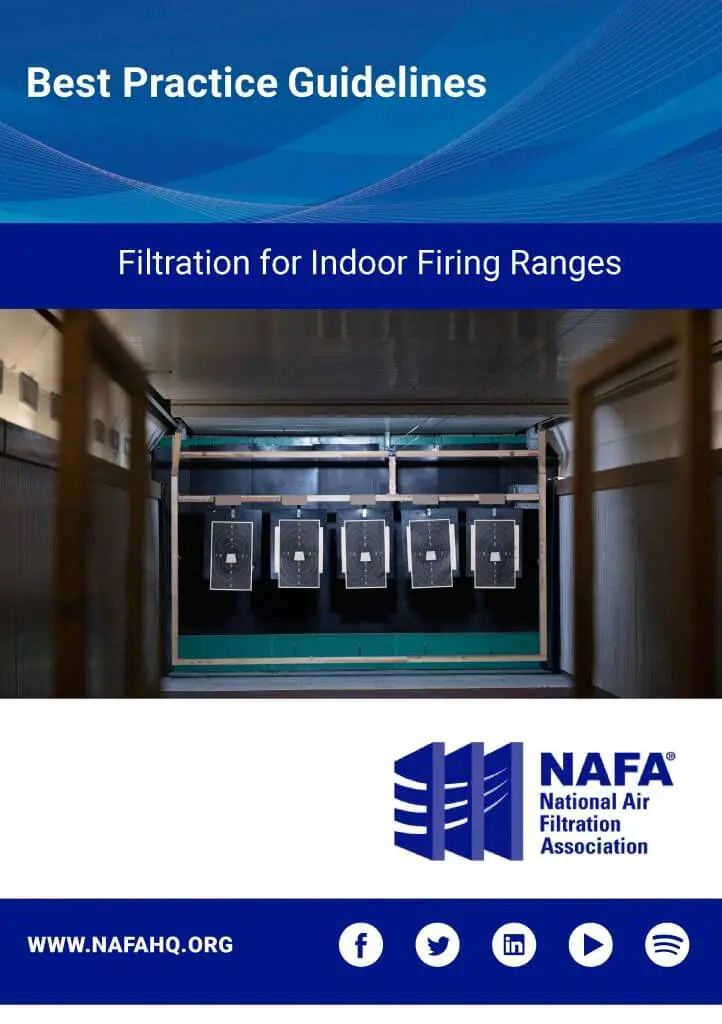
Industry Guidelines
The National Air Filtration Association creates best practice guidelines unique to each specific industry. Some of our staff are continuously contributing to these guidelines based on our over 50 years of experience as a leader in the air filtration industry.
The American Society of Heating, Refrigerating, and Air-Conditioning Engineers (ASHRAE) has minimum standards for air filtration. Organizations like the National Air Filtration Association (NAFA) go beyond these minimum standards. NAFA publishes best practices and guidelines for several facility applications based on the experience and expertise of their membership, as well as current mandates and research provided by governmental and scientific communities. HVAC and air filtration professionals should use NAFA’s Best Practices and Guidelines as a tool to educate their clients on how to protect their facilities’ occupants.
Case Studies
Airborne Infections Containment Rooms in Health Care Facilities
This best practice guideline establishes criteria for using air filtration in the removal of airborne infectious pathogens from hospital containment rooms for the purpose of protecting staff, patients and visitors from nosocomial infections.
Commercial Office Spaces
This best practice establishes air filtration guidelines for the removal of particulate, bioaerosols, and gaseous contaminants for the protection of the air handling equipment and components, as well as providing comfort and a healthy environment for all who work and visit commercial office spaces.
Filtration for Higher Education Complexes
This best practice air filtration guideline is established for the removal of particulate and molecular contaminants (please refer to NAFA Guidelines for Molecular Filtration) for the improvement of indoor air quality and protection of HVAC equipment in Higher Education facilities.
Filtration for Schools
This best practice air filtration guideline is established for the removal of particulate and molecular contaminants for the improvement of indoor air quality and protection of HVAC equipment in K-12 schools.
Filtration for Libraries, Archives and Museums
This best recommended practice establishes air filtration guidelines for the removal of particulate and gaseous contaminants for the protection and long-term preservation of historical documents and artifacts.
Filtration for Firing Range
This best recommended practice establishes air filtration guidelines for the removal of airborne contaminants for the protection of employees and participants in indoor firing ranges. To identify air quality issues associated with indoor firing ranges.
Filtration for Welding Fumes
This best practice establishes air filtration guidelines for the removal of particulate and gaseous contaminants from the immediate breathing zone of employees engaged in the process of welding.
Spray Finishing Particulate Filtration
This best-recommended practice establishes air filtration and spray collection guidelines for the removal of airborne contaminants for the protection of the employees, equipment, and environment in commercial and industrial spray booths.
Filtration for Molecular Filtration
This best practice guideline is designed to provide a general overview of how best to apply molecular filtration in HVAC applications where the need to remove gaseous airborne contaminants exists.
Continuing Care Retirement Communities
The popularity of continuing-care retirement communities with social activities, restaurants, classes, and other privileges has risen significantly in the last 30 years. Medical advances combined with the increasing number of baby boomers reaching retirement age…
Filtration for the Residential HVAC Industry
This best practice guideline establishes air filtration for the removal of particulate and gaseous contaminants for the protection of the Heating, Ventilating, and Air Conditioning (HVAC) equipment and components, as well as providing comfort and a healthy environment for the occupants and visitors of a residential property.











